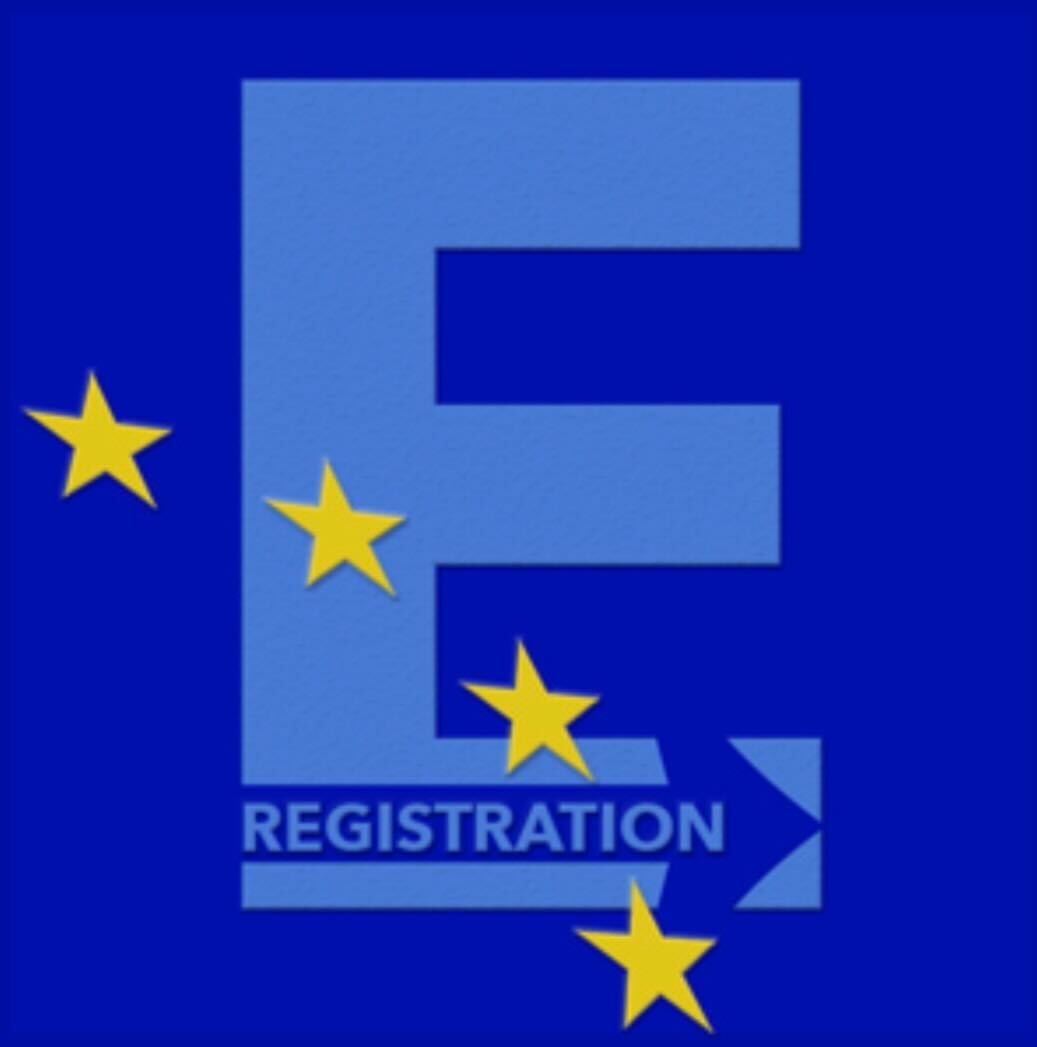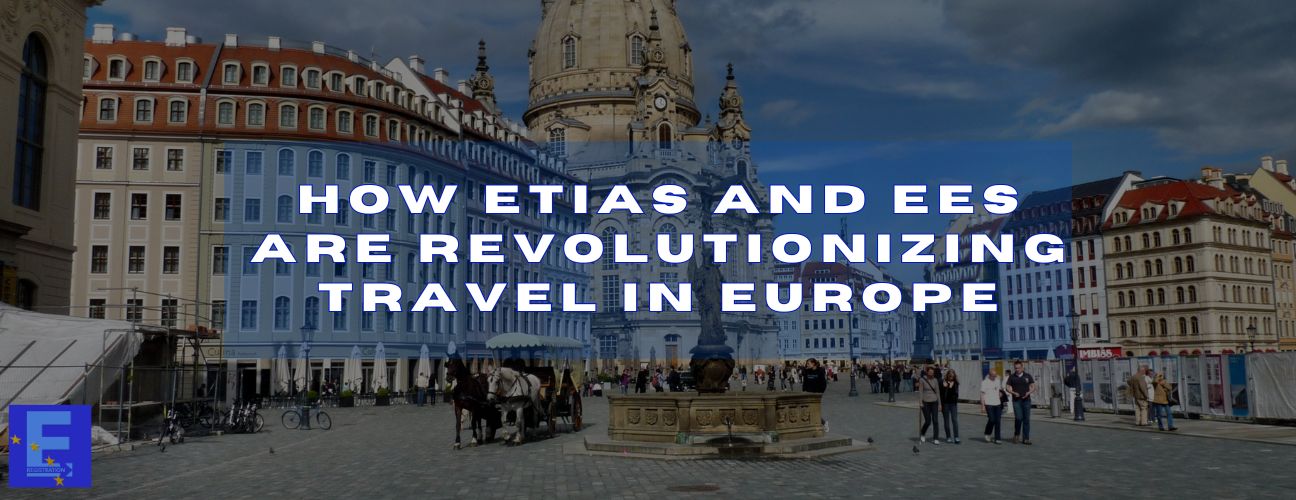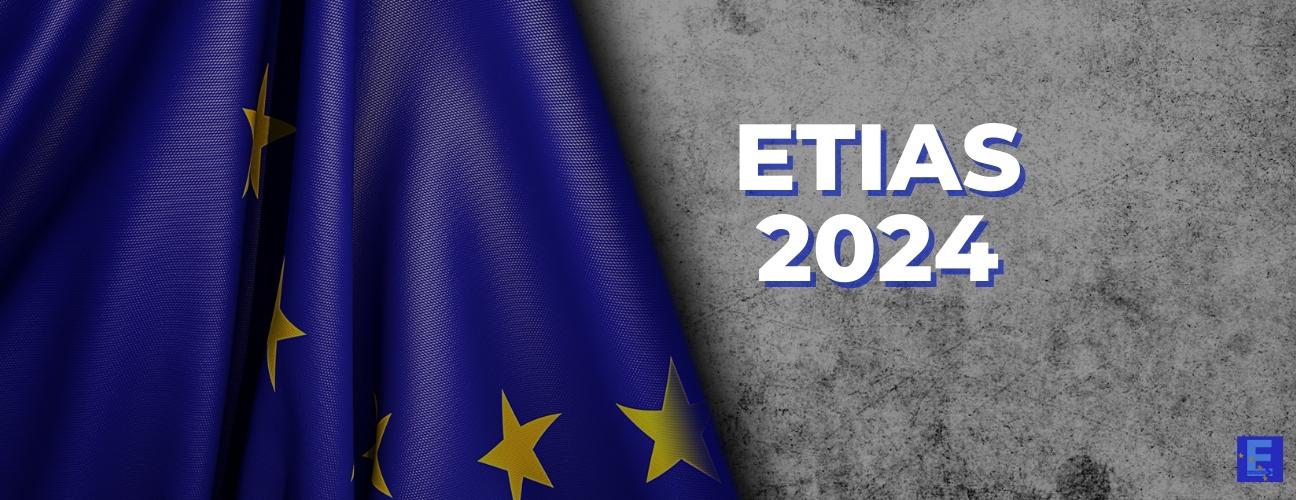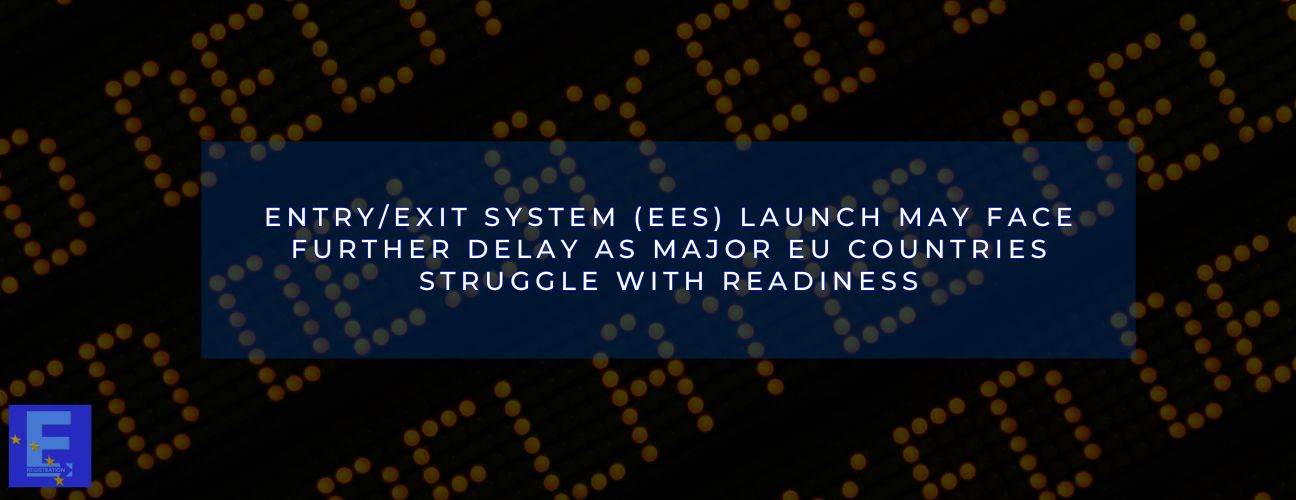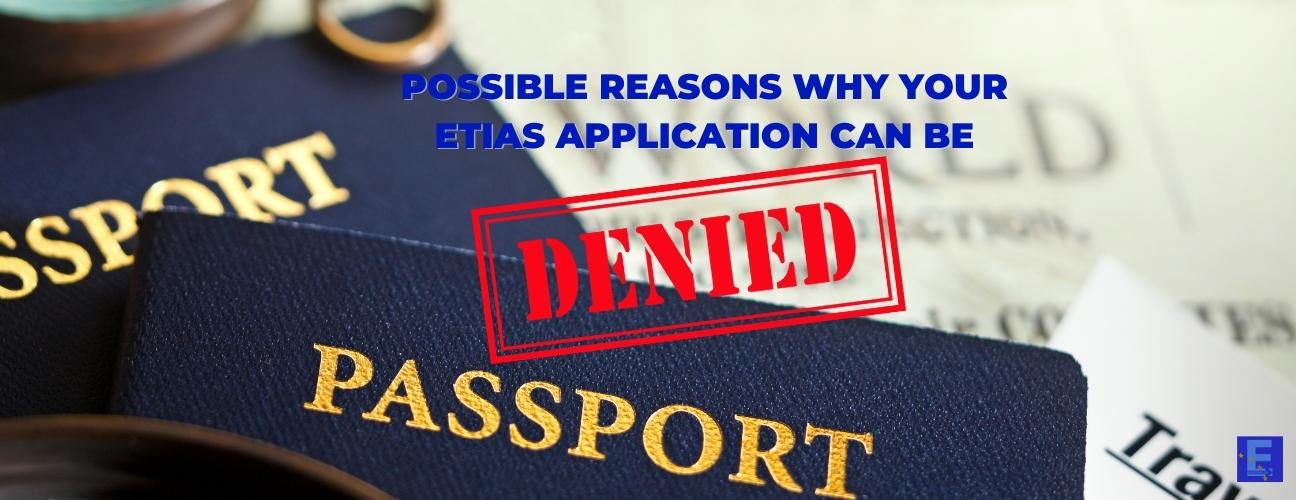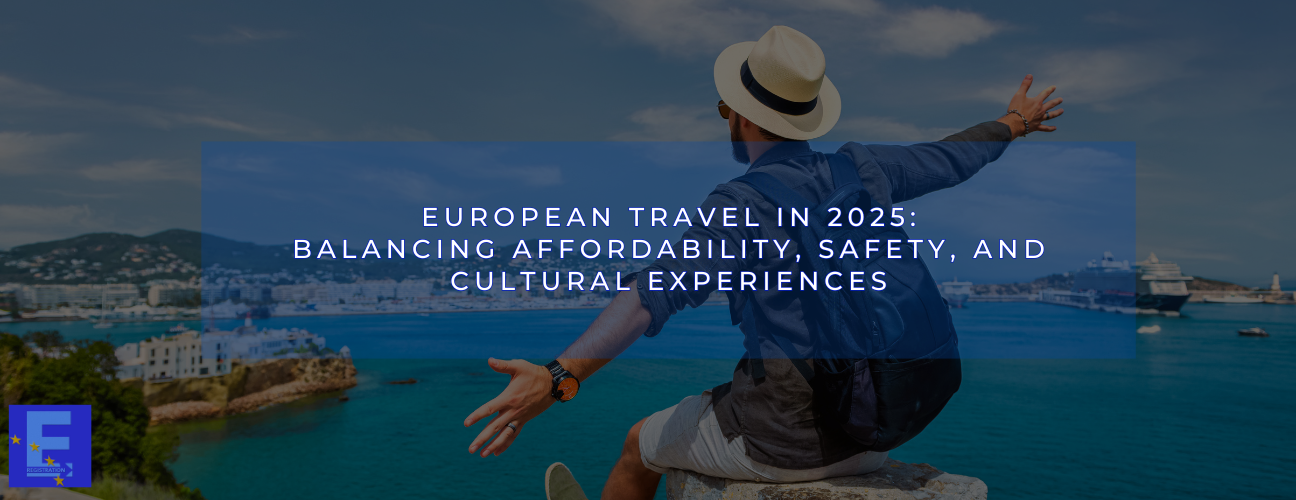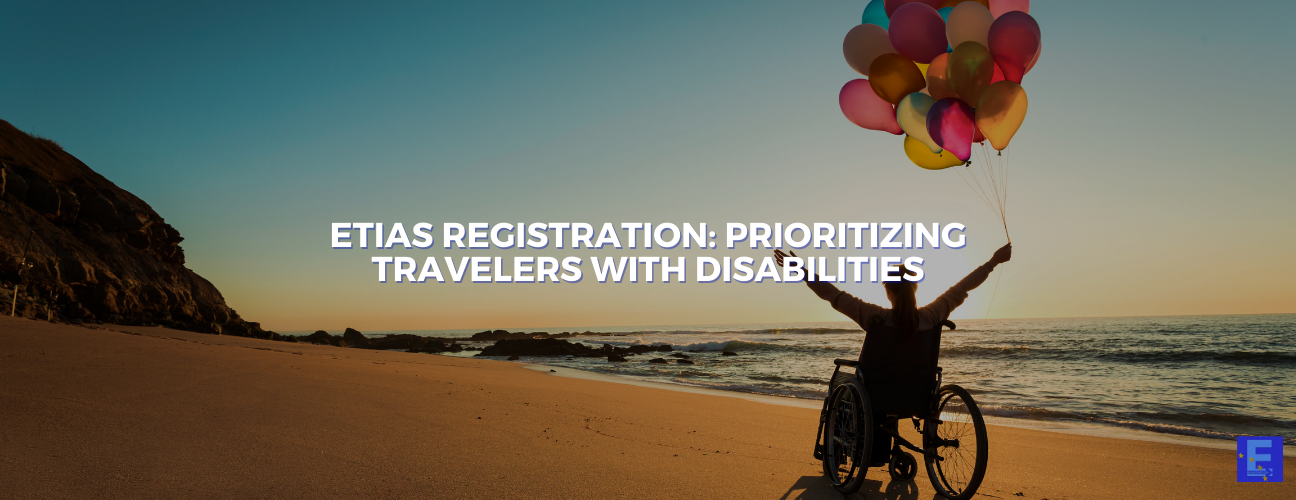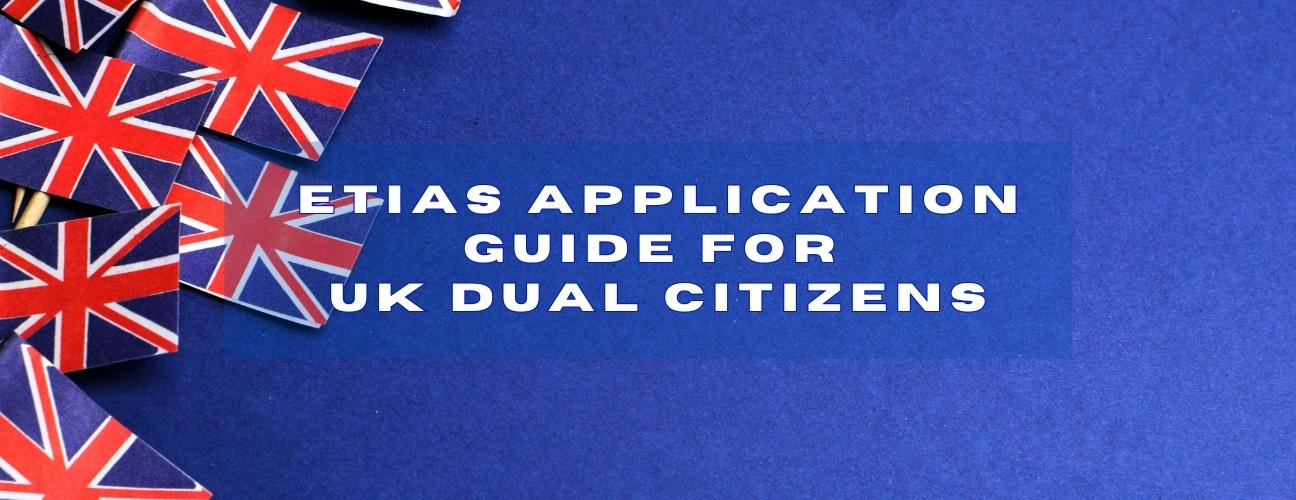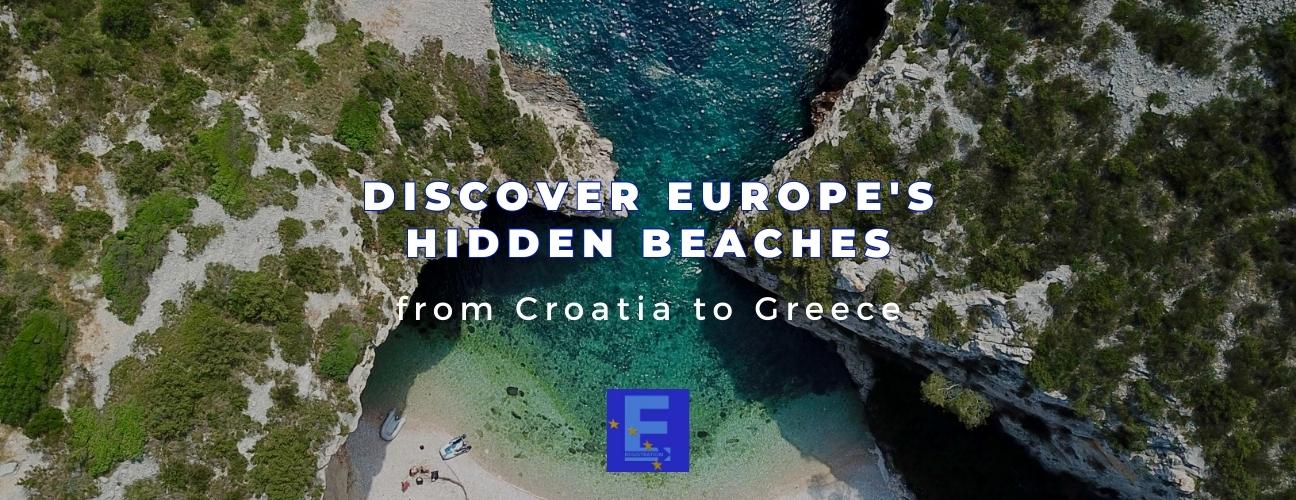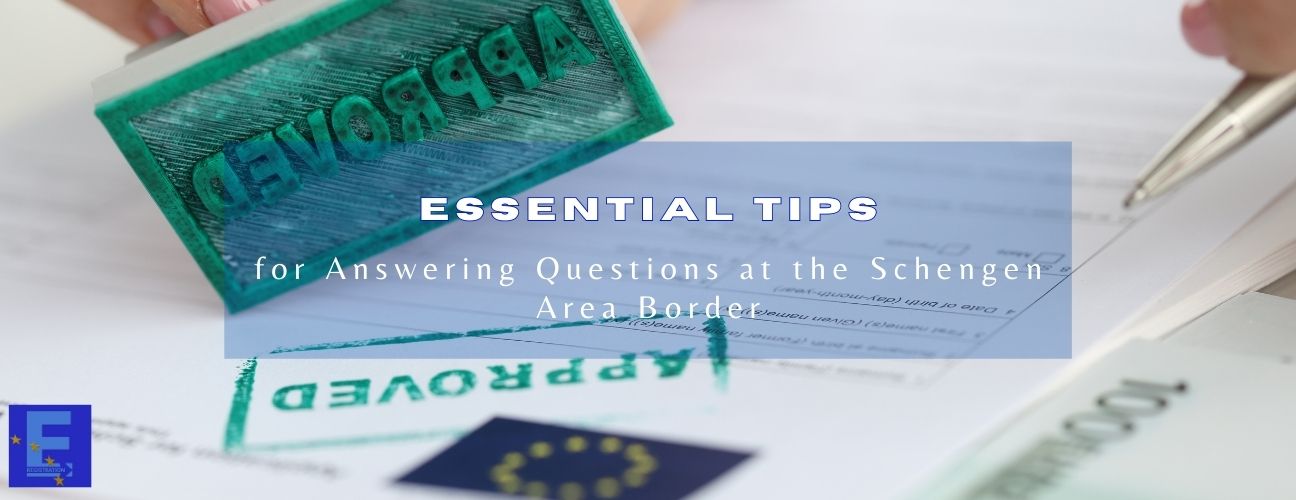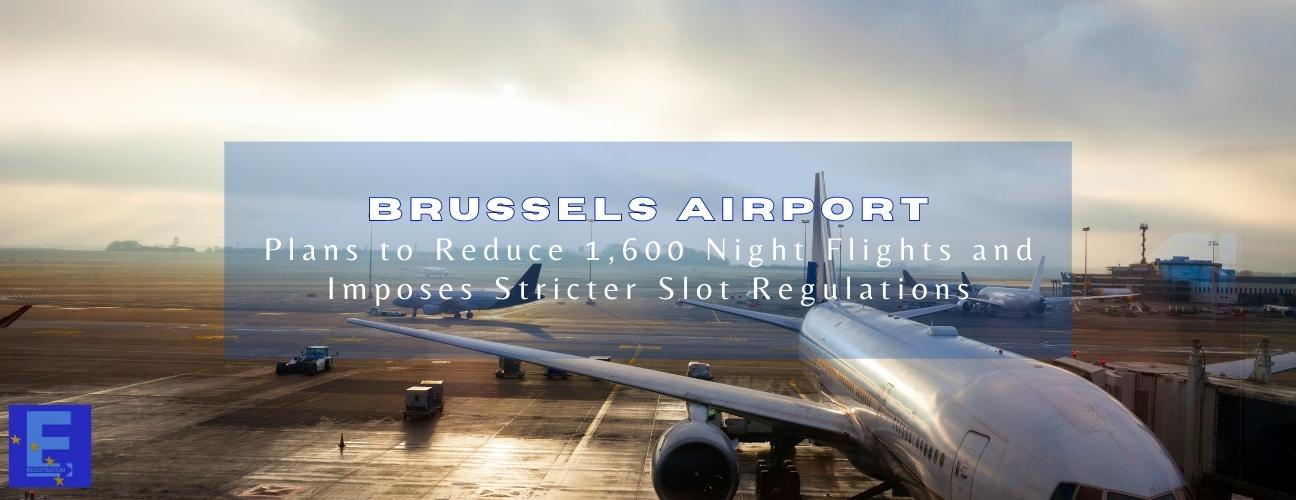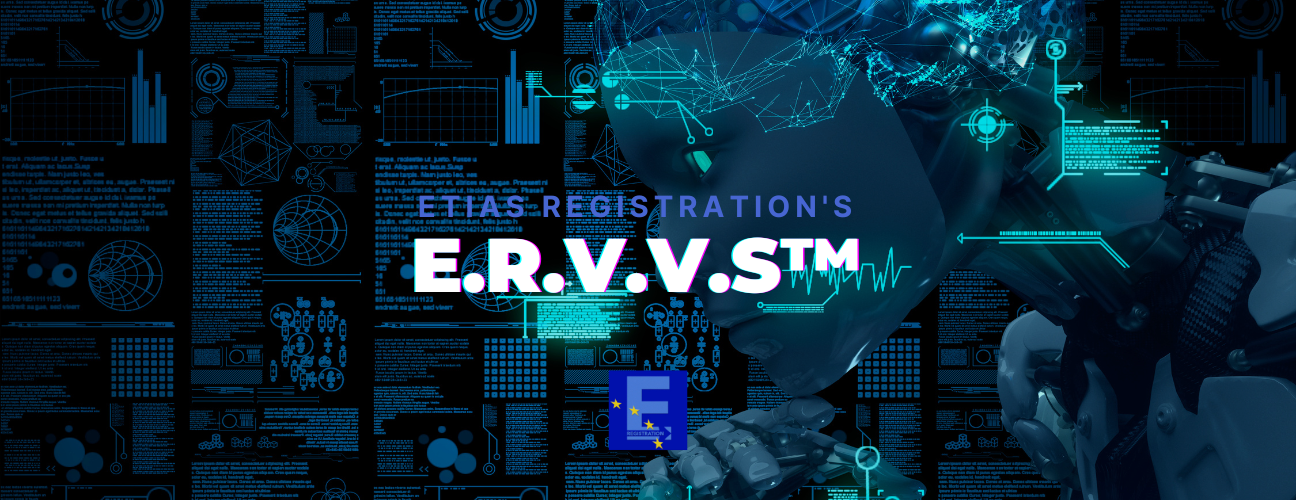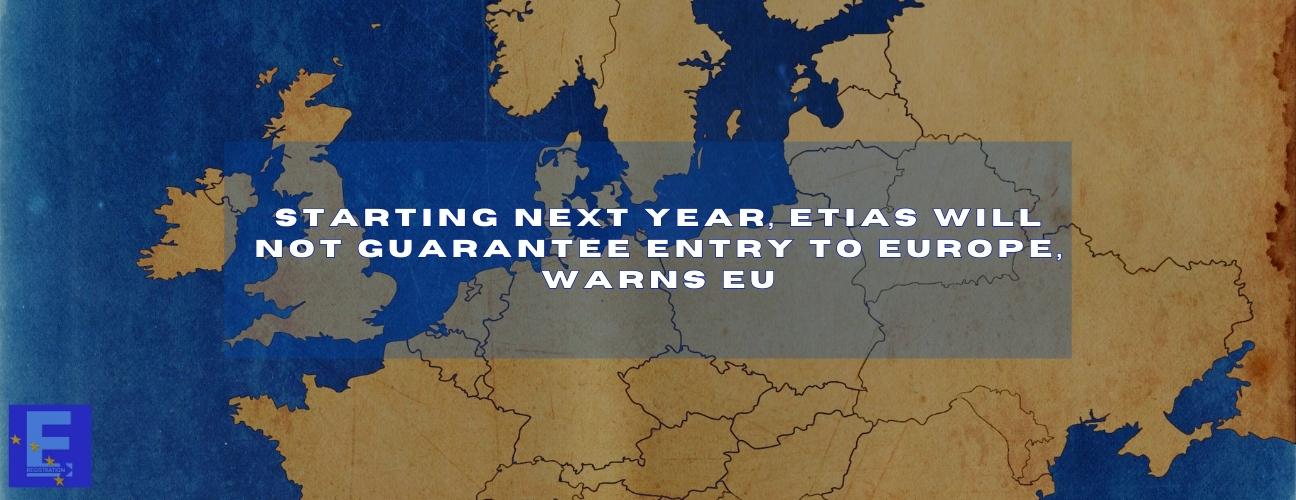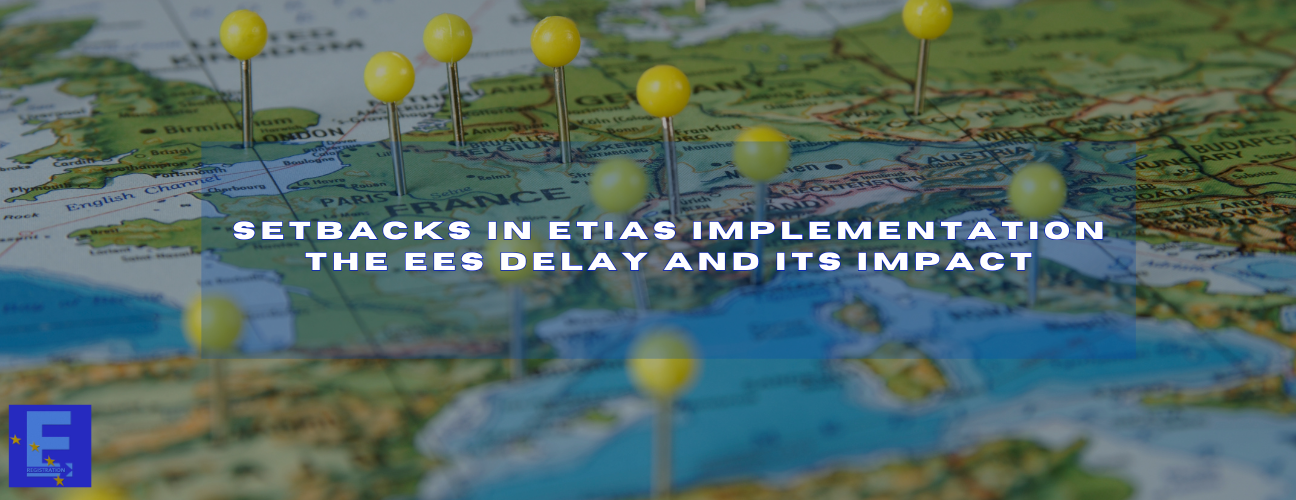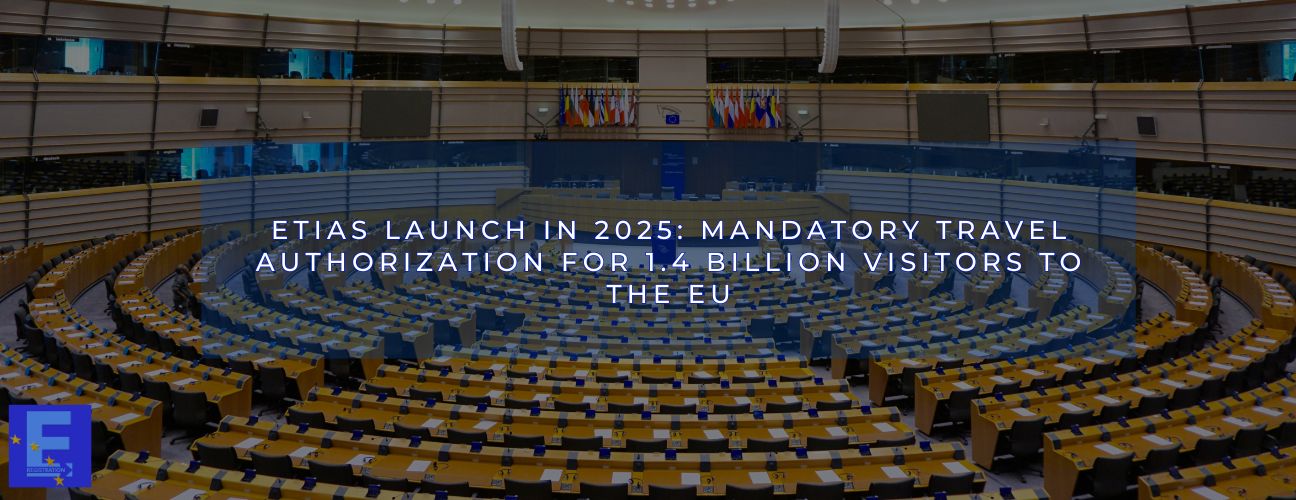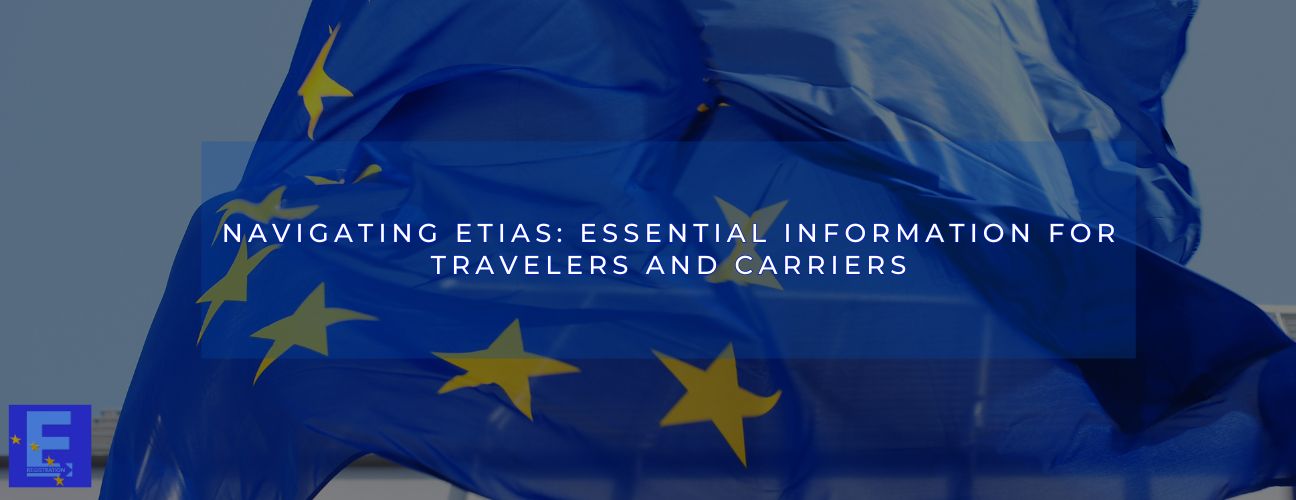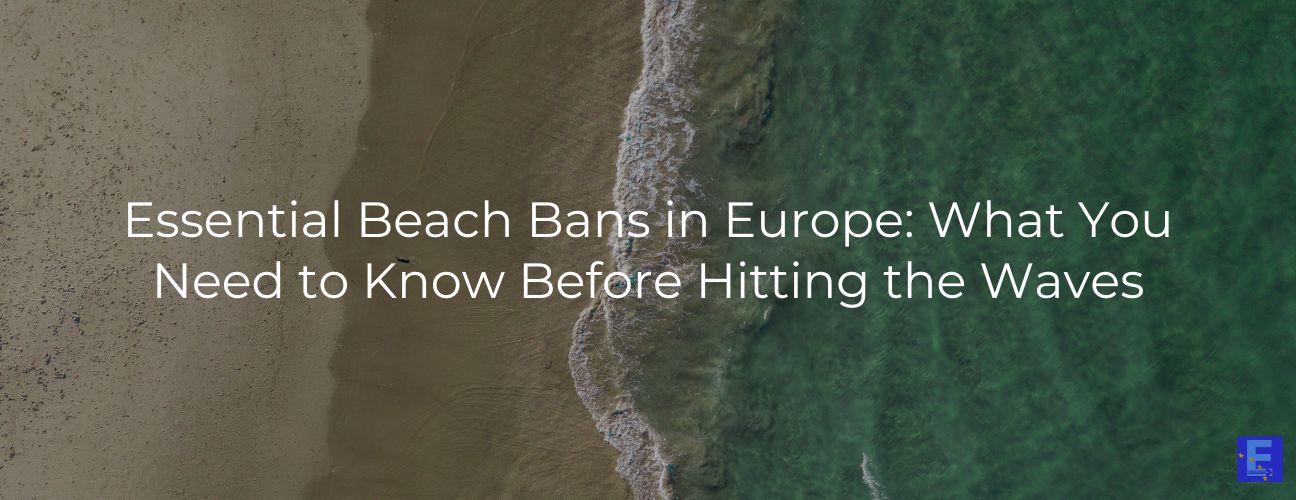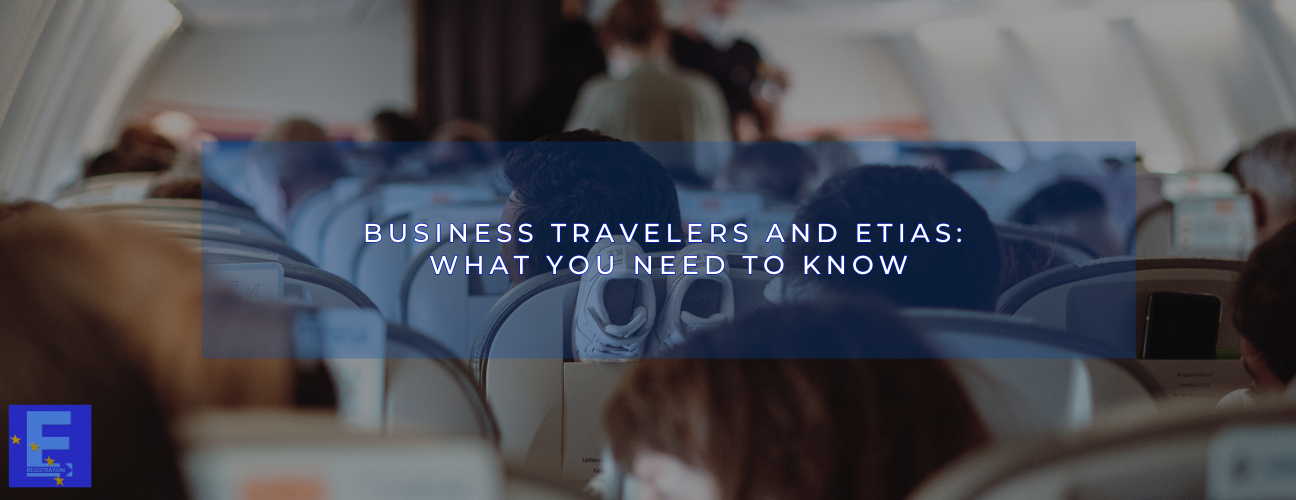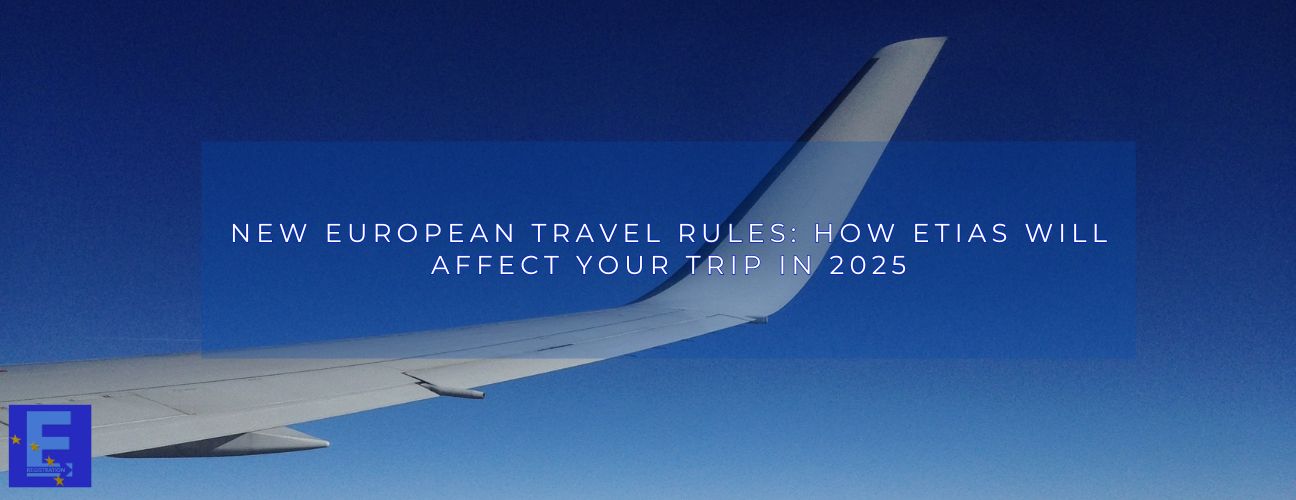If you are planning a trip to the Schengen area, you may be wondering if you need a Schengen visa or an ETIAS. Both of them allow travelers to enter and stay in the Schengen area for up to 90 days, but there are some key differences between the two.
What is a Schengen visa?
A Schengen visa is a short-term visa that allows individuals to travel within the Schengen area for up to 90 days. The Schengen area comprises 26 European countries that have agreed to abolish passport and immigration controls at their mutual borders.
There are a few requirements you’ll need to meet to get a Schengen visa. First, you must have a valid passport or travel document. Second, you must have proof that you have enough money to support yourself during your stay in the Schengen area. This can be in the form of cash, travellers checks, or an international credit card.
Third, you must have medical insurance that covers you for at least 30,000 euros in medical expenses and repatriation costs. Fourth, you must have a travel itinerary that details your planned activities in the Schengen area. Finally, you may need to provide additional documents depending on your specific situation.
What is ETIAS?
The European Travel Information and Authorisation System (ETIAS) is a new visa-waiver program that will soon be implemented for citizens of countries that are currently exempt from needing a visa to travel to Schengen Area countries.
Citizens of the 60+ countries currently on the Schengen Visa Waiver List will need to obtain an ETIAS authorisation before being able to travel to any of the 26 Schengen member states.
This includes popular tourist destinations such as France, Italy, Spain, and Germany. The ETIAS authorisation will be valid for three years and will allow multiple entries into the Schengen Area.
Obtaining an ETIAS authorisation is a simple and quick process that can be done entirely online. Applicants will need to fill out an online form with personal information and answers to security-related questions.
Once the application is submitted, it will be processed by security algorithms, and if approved, the traveler will receive their ETIAS authorisation via email within minutes.
Schengen Visa vs. ETIAS
There are a few key differences between an ETIAS visa waiver and a Schengen visa.
For one, a Schengen visa is required if you plan to stay in any of the 26 European countries that comprise the Schengen Area for more than 90 days. An ETIAS visa waiver, on the other hand, is only required for stays of 90 days or less.
Another key difference is that with a Schengen visa, you must apply for your visa at least 3 months before your planned trip. An ETIAS visa waiver can be applied for as little as 72 hours before your trip.
The application process is typically longer for a Schengen visa, as you'll need to submit additional documentation, such as proof of travel insurance and hotel reservations. Thus, the ETIAS visa waiver application process is fast and easy, and the application process will be done online.
